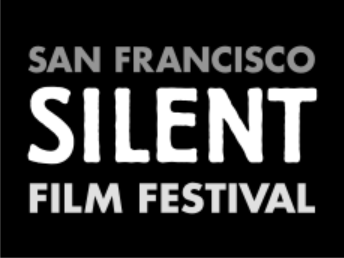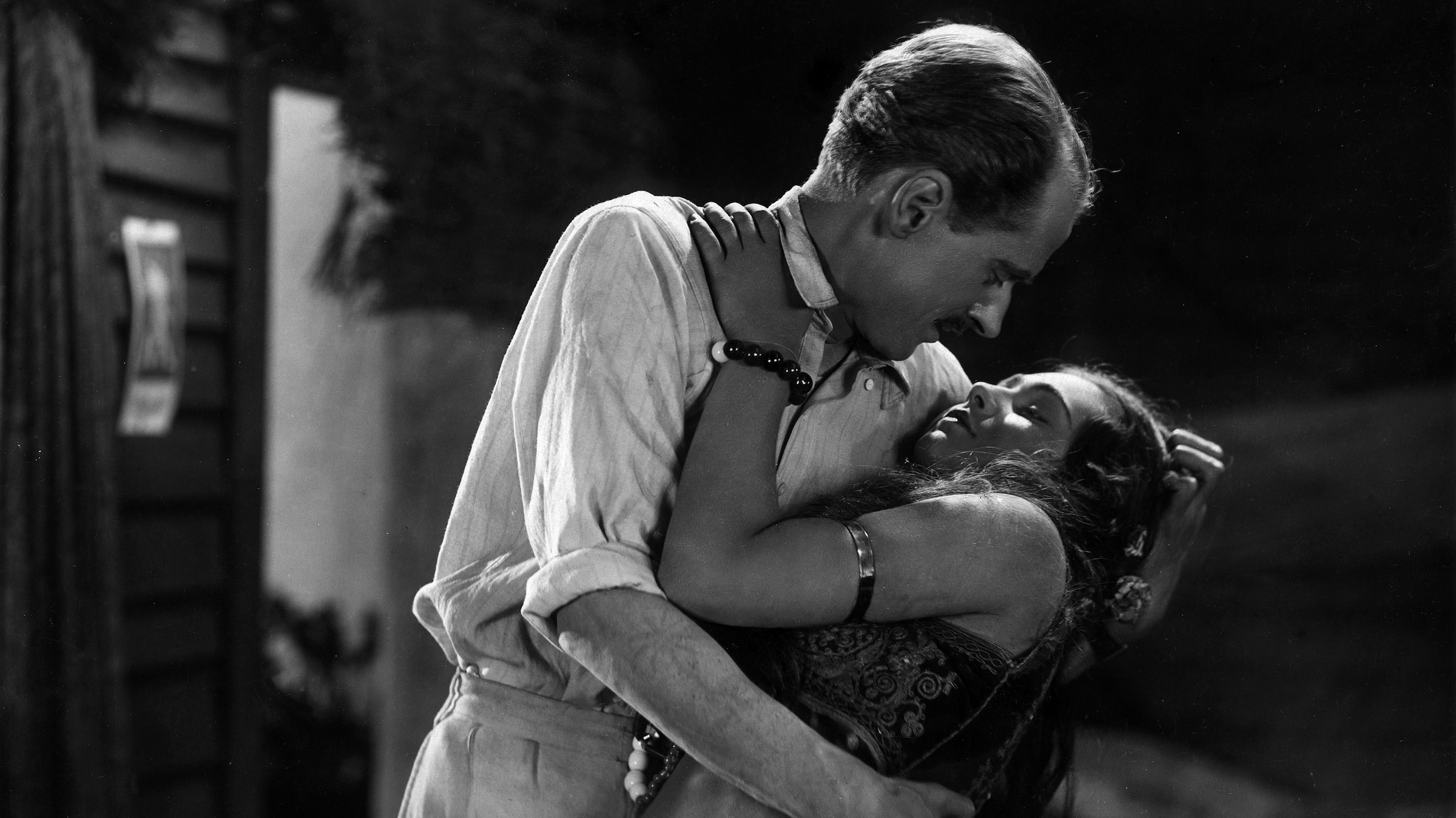The 25-year-old Alfred Hitchcock had done nearly every job on the studio floor by the time he was given his first directing job by the Gainsborough studio boss Michael Balcon—he had designed titles, written scripts, art directed and had been assistant director to the studio’s most successful director, Graham Cutts. His first assignment was an adaptation of the bestselling 1923 novel by Oliver Sandys, the pseudonym of Marguerite Florence Barclay. The fates of two chorus girls fall into sharp relief—Jill, the schemer, finds success, and Patsy, the good-hearted girl, is betrayed by her unscrupulous husband.
Hitchcock’s confident filmmaking style is evident from the first frame, with a cascade of chorus girls’ legs tripping down a spiral staircase, but it is his ability to condense the story and then to weave in extra layers of meaning that is truly impressive.
The Pleasure Garden is a conventional enough story of the period—as Hitchcock conceded: “Melodramatic. But there were several interesting scenes in it.” He may not have cared much for the subject matter but he certainly gave it an extra dimension—The Pleasure Garden is a treatise on voyeurism, sexual politics and the gap between romantic dreams and reality. Hitchcock uses the minor characters to comment on the principals, to contrast the behavior of the ‘good’ and ‘bad’ characters through the use of parallel action. The shot of the casually discarded apple, one bite taken from it, effectively symbolizes Patsy’s husband’s disregard for her on their wedding night, and hints at his future conduct. It also fits into a scheme of visual images of ‘natural’ elements, such as fruit and flowers, that Hitchcock uses to express Patsy’s character.
The restoration has enabled us to reintroduce many of these little flourishes and Hitchcock ‘touches’, revealing how much of his talent was present in his very first film as director.
It was presumably this kind of artiness that C.M. Woolf, one of the partners in the early Gainsborough enterprise, disliked and he postponed the release of the film for over a year. The reaction from other quarters was much more positive. The Daily Express in their review of The Pleasure Garden saw the cleverness that we see now and dubbed Hitchcock the “Young Man With a Master Mind.” His career was launched.
The Restoration
More than any other of Hitchcock’s silent films, The Pleasure Garden has been transformed by restoration. An international search for material revealed copies held in France, the Netherlands, and the United States as well as the BFI National Archive. It was thought for many years that The Pleasure Garden had circulated in what appeared to be two versions, perhaps representing two different releases, but close comparison at the BFI of the five copies, four of them original nitrate prints, meant that we could trace them all back to the same negative. Major narrative strands and twists have now been reintegrated making it possible to reconstruct, as fully as possible, the original edit and using the best of these sources we have been able to achieve a huge improvement in image quality. This was made possible by the restoration team’s delicate scanning, over several months, of 20 reels of fragile nitrate, totaling more than 17,500 feet.
The color scheme of The Pleasure Garden is particularly complex. The tints and tones of the nitrate copies differed but the colors of the restoration have been chosen to match the print in the BFI National Archive. Finally, the artwork and text of the intertitles have been completely restored.
A BFI/Park Circus Films Release • 90 minutes • 35mm
Restoration by the BFI National Archive in association with ITV Studios Global Entertainment
and Park Circus Films
Principal restoration funding provided by The Hollywood Foreign Press Association and The Film Foundation,
and by Matt Spick
Additional funding provided by Deluxe 142
Presented at The Hitchcock 9 with live music by Stephen Horne

